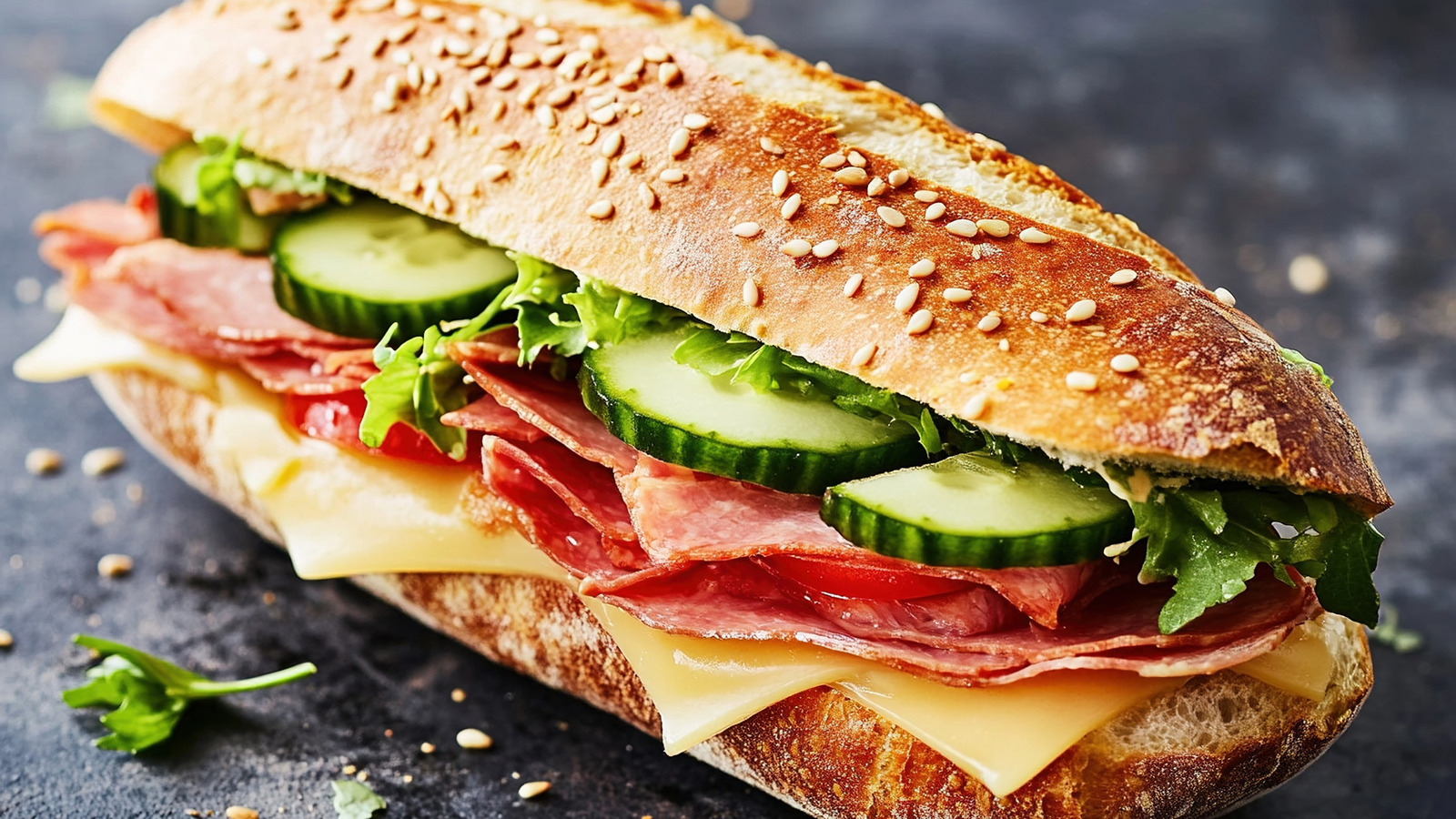Most of us make sandwiches with anything that’s currently hiding in the fridge, thus welcoming experimentation and online debate over what actually counts as a proper sandwich — but as long as you roughly stick to the veggies, meat, and condiment formula, you’re doing just fine. That said, there does exist a certain artistry with sandwiches, one we only begin to respect when we go to the deli and have a wild realization that subs taste much better from a deli than they do at home. The first step to a massively better sandwich begins with protein as the centerpiece, and perhaps your homemade sammies aren’t hitting the spot because you’re making the mistake of not heating up your protein.
Heat has a significant effect on food and greatly impacts its composition. Protein tends to release moisture when it’s heated up, bringing some of that extra juiciness to the forefront — a welcome upgrade for certain drier proteins, such as plain chicken breast or deli meats. The heat also enhances the flavor, so if you’re working with bland canned tuna or didn’t have time to properly marinate tofu, heating them up will actually give those proteins some depth and prevent them from tasting flat. Bear in mind that heating up the protein on its own can’t be substituted by simply grilling the whole sandwich once it’s already assembled. Regardless which one of the classic American sandwiches you’re going for, you want to take that small extra step to elevate it.
The best way to heat up protein for your sandwich builds on a flavorful chemical reaction
Heating up the protein doesn’t have to be rocket science, and you can admittedly do it in whatever way is most convenient at any given moment. But if you have a minute or two to spare, it really pays off to quickly sear your protein in a pan. This is mainly due to the Maillard reaction, which takes place when amino acids and sugars react at a high temperature, creating a brown crust on the food.
In plainer terms, when you put a protein on a very hot pan (at least 280 degrees Fahrenheit), you’ll that notice it begins to brown: That’s the Maillard reaction. This chemical reaction doesn’t just alter the appearance of food, it also builds up the flavor. Seared protein has a stronger, better, and juicier flavor than one that hasn’t been treated with high heat.
Quickly searing your protein before putting it in a sandwich will create a much better result than simply microwaving it. Proteins are notorious for rapidly changing flavor and texture in a microwave, never really heating up evenly, and often coming out soggy. Although nuking your meats might be the faster route, it’s not the tastiest one. You can, however, make use of the air fryer or even the oven to achieve similar results to pan searing — it will just take a little longer.






